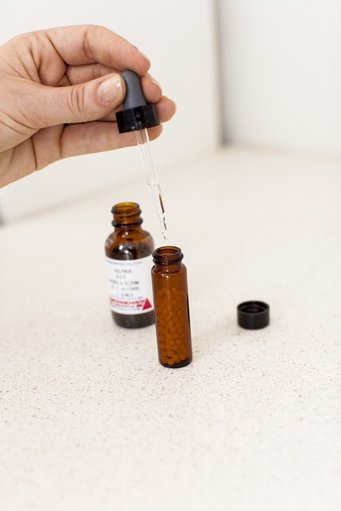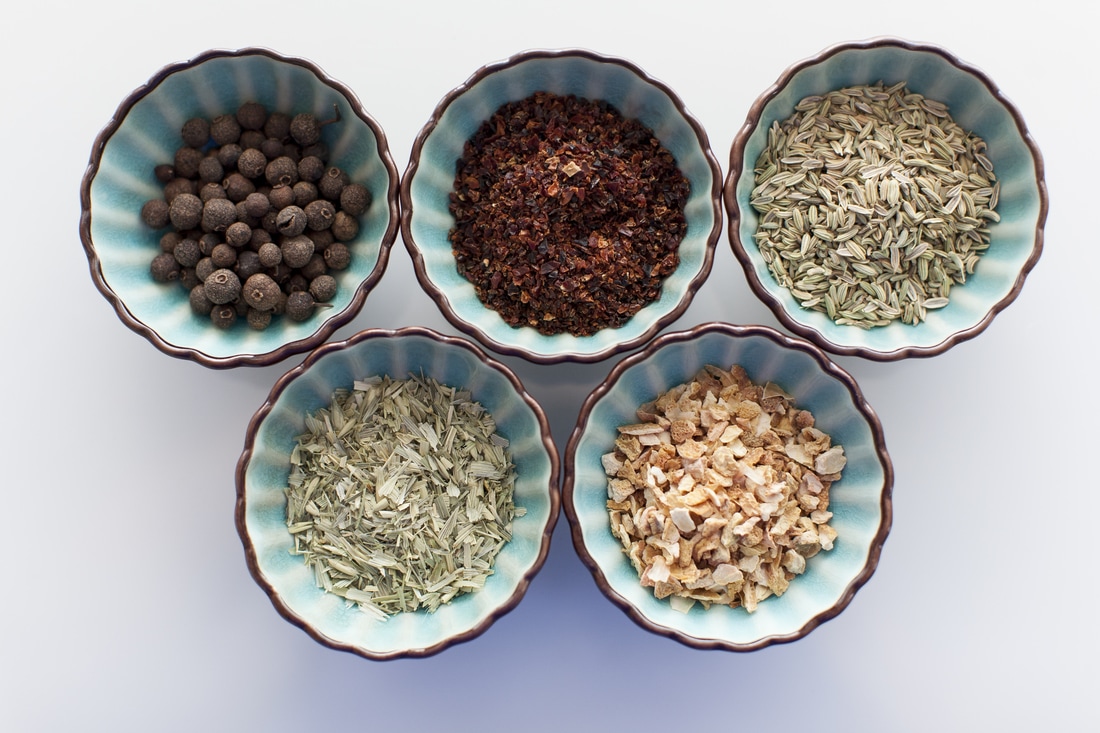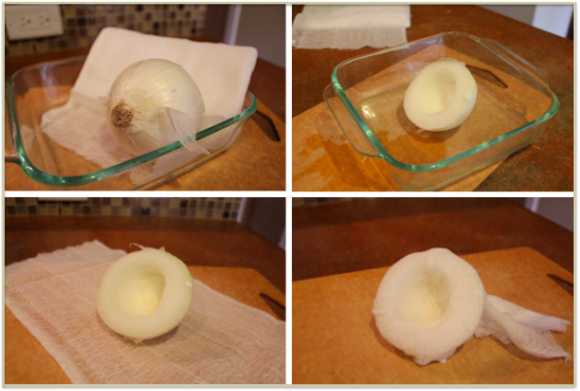Authored by Dr. Pharis
Just like that – summer is over, kids are back in school, and fall & winter is in the not too distant future. Before we know it the constant coughs and sniffles will begin, illnesses will spread through classrooms, and sick days will commence. It can be a dreaded time of the year for many parents.
Keep in mind that illness is inevitable. We’ve all gotten sick at some point in our lives, and there’s a really good chance we will all get sick again. Children are no different – in fact their young immune systems rely on exposure to germs to help stimulate and strengthen immune health for a lifetime to come. That said, chronic illness and delayed recovery time are not necessarily normal, and may in fact be a sign of a weakened immune system. As the school year begins now is the time to support your child’s health to keep their immune system strong and robust. Incorporate these daily guidelines into your routine to reduce chances of infection and illness, and to promote speedier recovery times.
References
Paruthi S, Brooks LJ, D'Ambrosio C, et al. Consensus Statement of the American Academy of Sleep Medicine on the Recommended Amount of Sleep for Healthy Children: Methodology and Discussion. J Clin Sleep Med. 2016;12(11):1549–1561. Published 2016 Nov 15. doi:10.5664/jcsm.6288
Popkin BM, D'Anci KE, Rosenberg IH. Water, hydration, and health. Nutr Rev. 2010;68(8):439–458. doi:10.1111/j.1753-4887.2010.00304.
Keep in mind that illness is inevitable. We’ve all gotten sick at some point in our lives, and there’s a really good chance we will all get sick again. Children are no different – in fact their young immune systems rely on exposure to germs to help stimulate and strengthen immune health for a lifetime to come. That said, chronic illness and delayed recovery time are not necessarily normal, and may in fact be a sign of a weakened immune system. As the school year begins now is the time to support your child’s health to keep their immune system strong and robust. Incorporate these daily guidelines into your routine to reduce chances of infection and illness, and to promote speedier recovery times.
- Hygiene: Good hand hygiene is the most effective way to prevent infections from spreading. Even when our hands look clean they still can be carrying germs. This is because germs are so small we aren’t able to see them with the naked eye. Washing hands often and well is the best way to beat these tiny warriors. Remind your child to wash hands often while at school – before snacks and meals, after using the restroom, and at the end of the day when they leave the classroom. Additionally, teach your little ones to cough and sneeze into the arm or elbow of their sleeve. This will further decrease the likeliness of contaminating hands and spreading germs.
- Sleep: Ensure your child maintains their normal sleep regimen. Studies show inadequate levels of sleep can suppress immune function, increase chances of contracting illnesses, and decrease recovery time. Recommended amount of sleep: ages 3-5 need 10-13 hours, ages 6-13 need 9-11 hours, ages 14-17 need 8-10 hours
- Diet: Follow these general guidelines to keep your immune system strong and defensive.
- Increase vegetable & fruit intake: 2 servings of veggies per meal, and 1 serving of fruit per meal (berries are best)
- Consume fermented foods daily (kombucha, sauerkraut, kimchi, cortido)
- Eliminate most sugar, including sugary drinks and fruit juices
- Eliminate/reduce most dairy including cow’s milk, cheese, yogurt, ice cream
- Hydration: On average, a child’s body is composed of 65% water! This large percentage of water is required for many functions including flushing waste and toxins from the body. Additionally, inadequate water intake can make mucus membranes parched and dehydrated, leading them to be more susceptible to inflammation, irritation, and infection.
- Water should be the main (or only) form of hydration for children. Avoid fruit juices and sweetened beverages as sugar can further depress immune function. Help keep your child hydrated by letting them select a personal water bottle they can keep with them at school, after school events, and next to their bedside.
- Water should be the main (or only) form of hydration for children. Avoid fruit juices and sweetened beverages as sugar can further depress immune function. Help keep your child hydrated by letting them select a personal water bottle they can keep with them at school, after school events, and next to their bedside.
- Outdoor time: Spending time outdoors has many benefits on health and the immune system. For starters, playing outdoors encourages movement - an important component for circulation, lymphatic drainage, and restful sleep. A moderate amount of exposure to sunlight is also important for synthesis of Vitamin D, a necessary nutrient to fight infection and prevent chronic conditions such as asthma. Encourage your child spend a minimum of 30-60 minutes outdoors after school each day!
- Nutritional supplements: While hygiene, sleep, diet, hydration, and outdoor time should be the focus of supporting your child’s health, nutritional supplements can be a great adjunct to prevent and fight infection. As we make the transition into fall and winter months consider supplementing your child with a multivitamin, probiotic, omega-3 fatty acid, vitamin C, and elderberry syrup. Elderberry has both immune boosting and antiviral properties, making it a great option for both prevention and treatment of illness. Consult with your healthcare provider to determine what supplements and doses are appropriate for your child.
References
Paruthi S, Brooks LJ, D'Ambrosio C, et al. Consensus Statement of the American Academy of Sleep Medicine on the Recommended Amount of Sleep for Healthy Children: Methodology and Discussion. J Clin Sleep Med. 2016;12(11):1549–1561. Published 2016 Nov 15. doi:10.5664/jcsm.6288
Popkin BM, D'Anci KE, Rosenberg IH. Water, hydration, and health. Nutr Rev. 2010;68(8):439–458. doi:10.1111/j.1753-4887.2010.00304.









 RSS Feed
RSS Feed